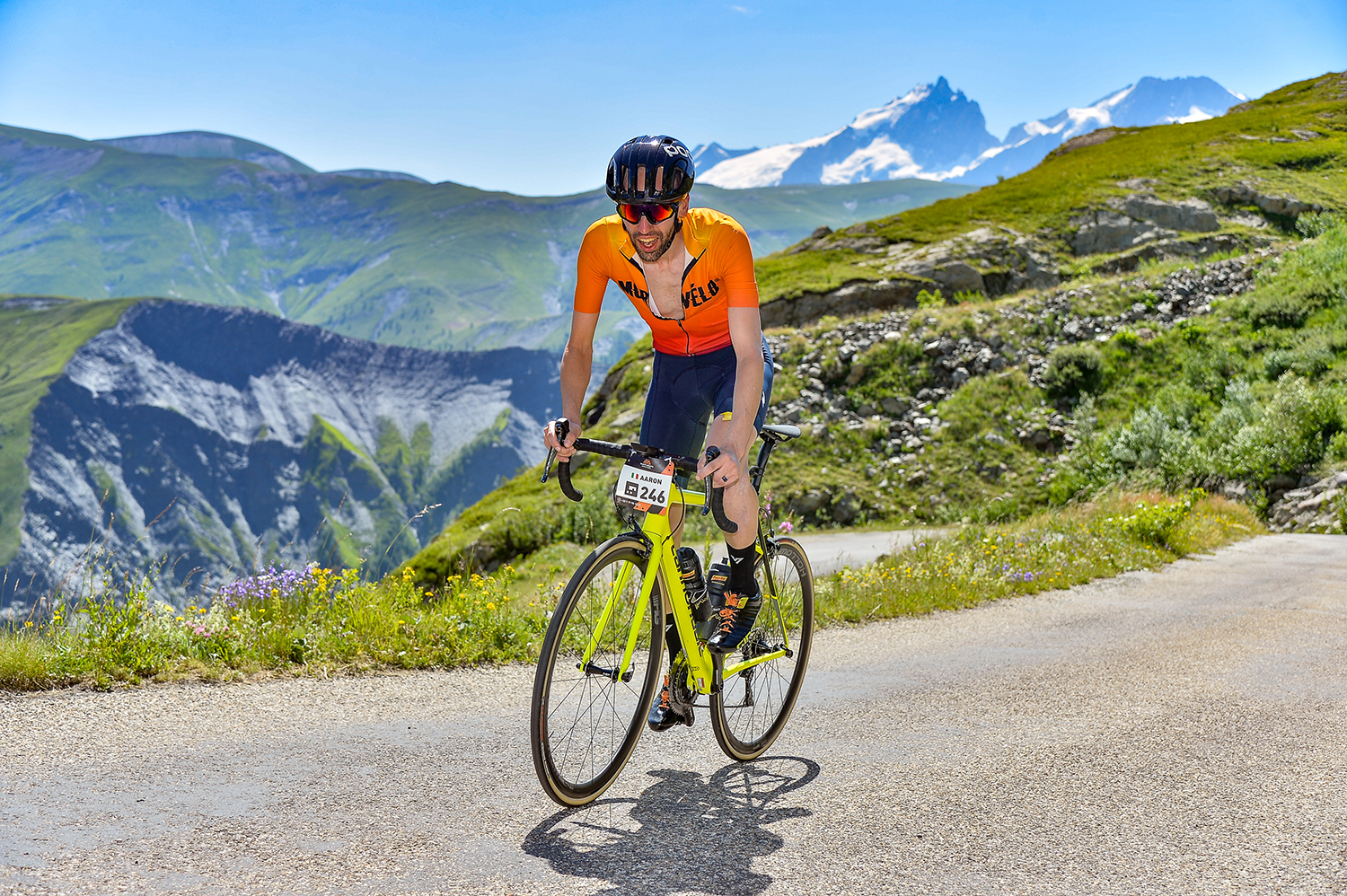Inside Tadej Pogacar's Tour de France-winning Stages Dash M50
An exclusive look inside the personalised data pages of the Stages Dash M50 used by the Slovenian throughout his 2020 Tour de France campaign
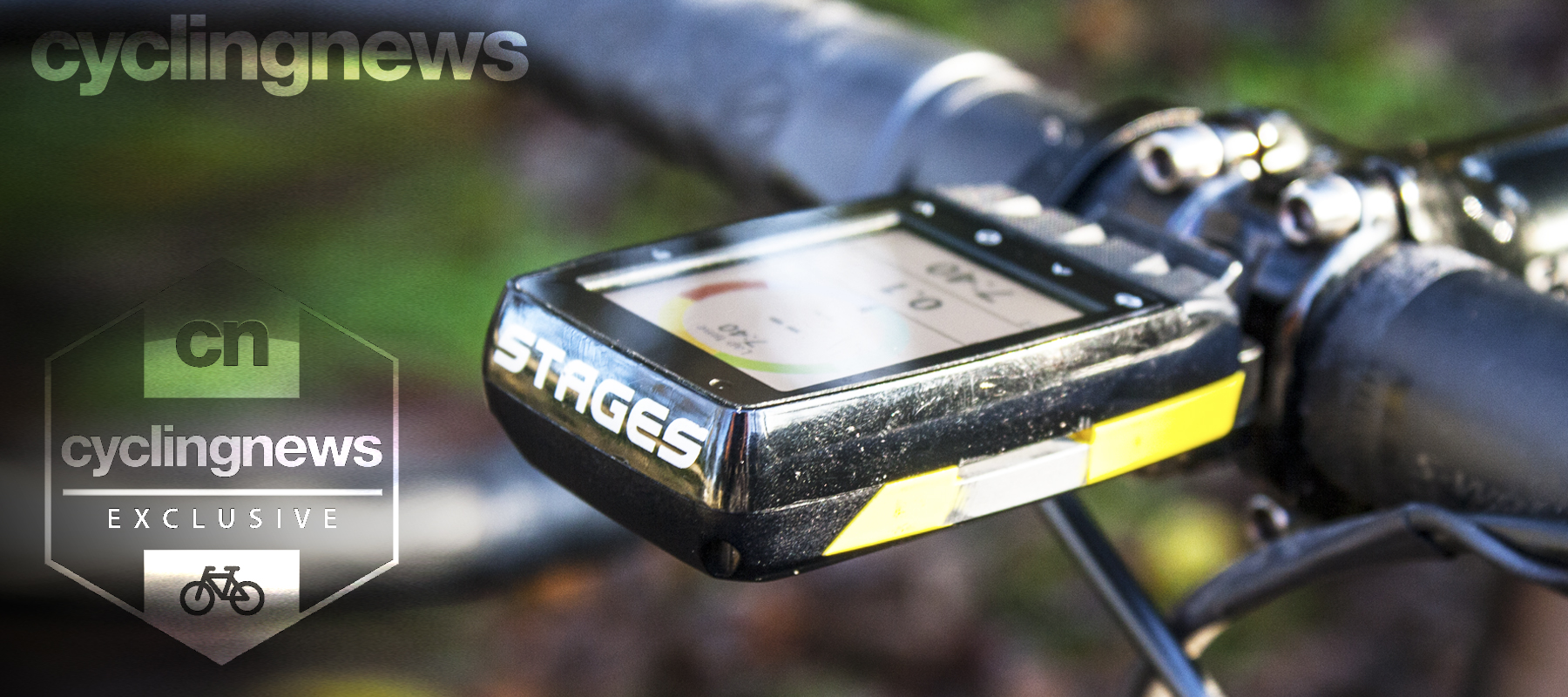
Cyclists are pretty obsessive about their equipment. Everything needs to be meticulously cleaned after use and ordered in a particular way, and this pedantry ramps up a couple of notches when it comes to our cycling computers.
Organising the data pages of a cycling computer is an arduous exercise at the best of times and I've often wondered if any riders from the pro peloton obsess over the same things we do. Which fields do they prefer or value most, how do they go about prioritising pertinent metrics such as power and heart rate and, more importantly, do their page layouts differ much from us mere mortals?
Well, what better way to solve this conundrum than by examining the Tour de France-winning Stages Dash M50 cycling computer of Team UAE Emirates rider, Tadej Pogačar.
- Best cycling computers: Route mapping and data tracking, the best bike computers will do it all
- Stages L50 GPS review
- Best power meters: Consistent power data for both indoor and real-world cycling
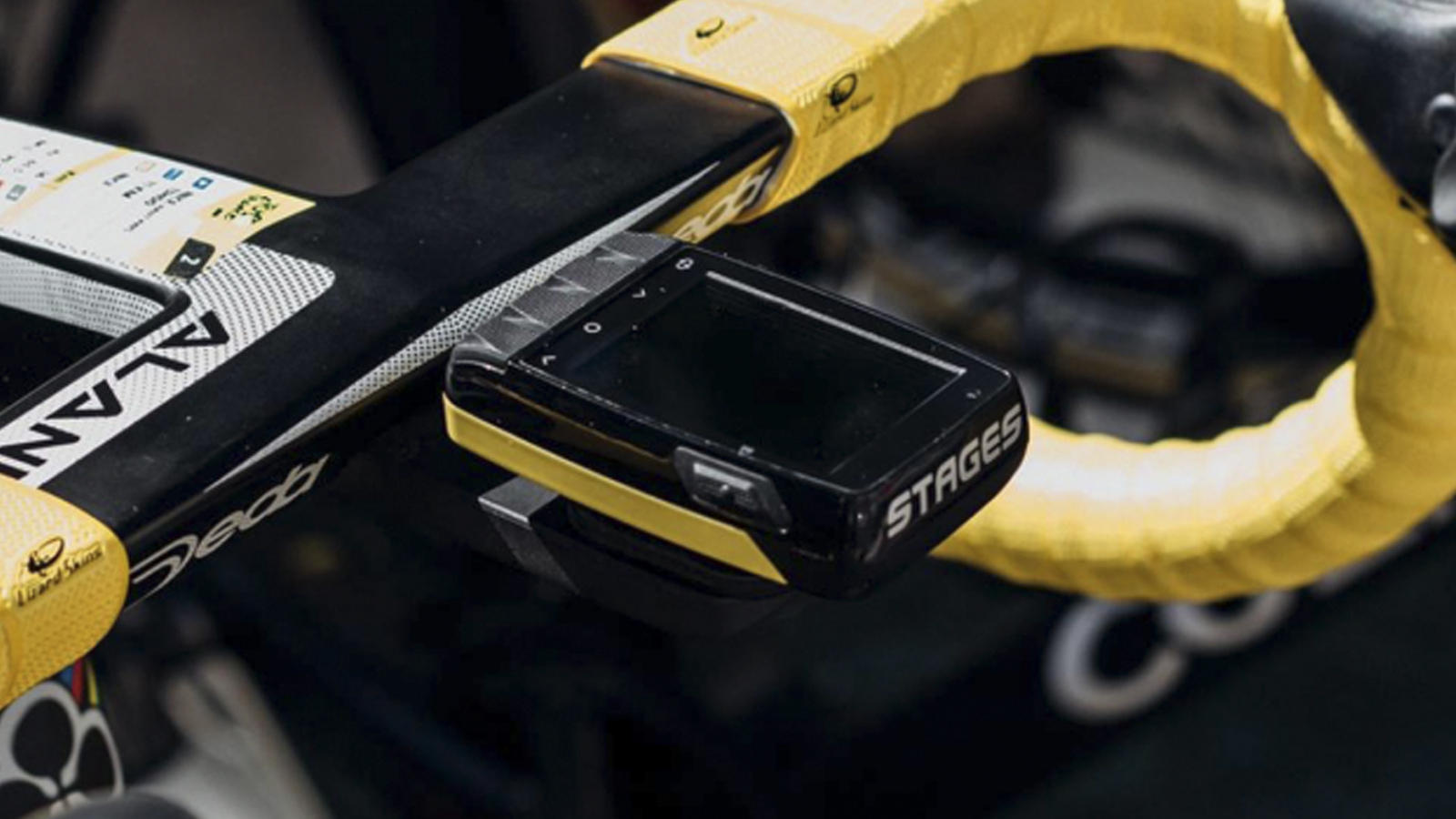
And it was all yellow - well, kind of...
Before you ask - yes, this is the actual Stages Dash that Tadej Pogačar used at this year's Tour de France. The Slovenian opted for the Stages Dash M50 cycling computer which is the diminutive option in the range sitting just below the L50 in terms of dimensions. It's practically identical to the Dash that's available to the public save for a solitary visual gesture to celebrate his overall victory: a Maillot Jaune-flavoured mounting system. Stage 21's 122km procession from Mantes-la-Jolie to Paris marked the only occasion of the entire race that Pogačar could wear the leader's jersey. Naturally, his team went all-out to ensure his Colnago V3RS and bike accessories were colour matched to perfection.
Closer inspection reveals that the aluminium mounting system was spray-painted yellow and then reassembled, while the areas that make contact with the bar mount have been left unpainted to prevent any blemishes. Pogačar's Stages Dash M50 is spot-on with the manufacturer's claimed weight of 95g. The unit is well-used and shows signs of wear and tear, particularly around the housing and backing plate while surface scratches are clearly evident on the screen.

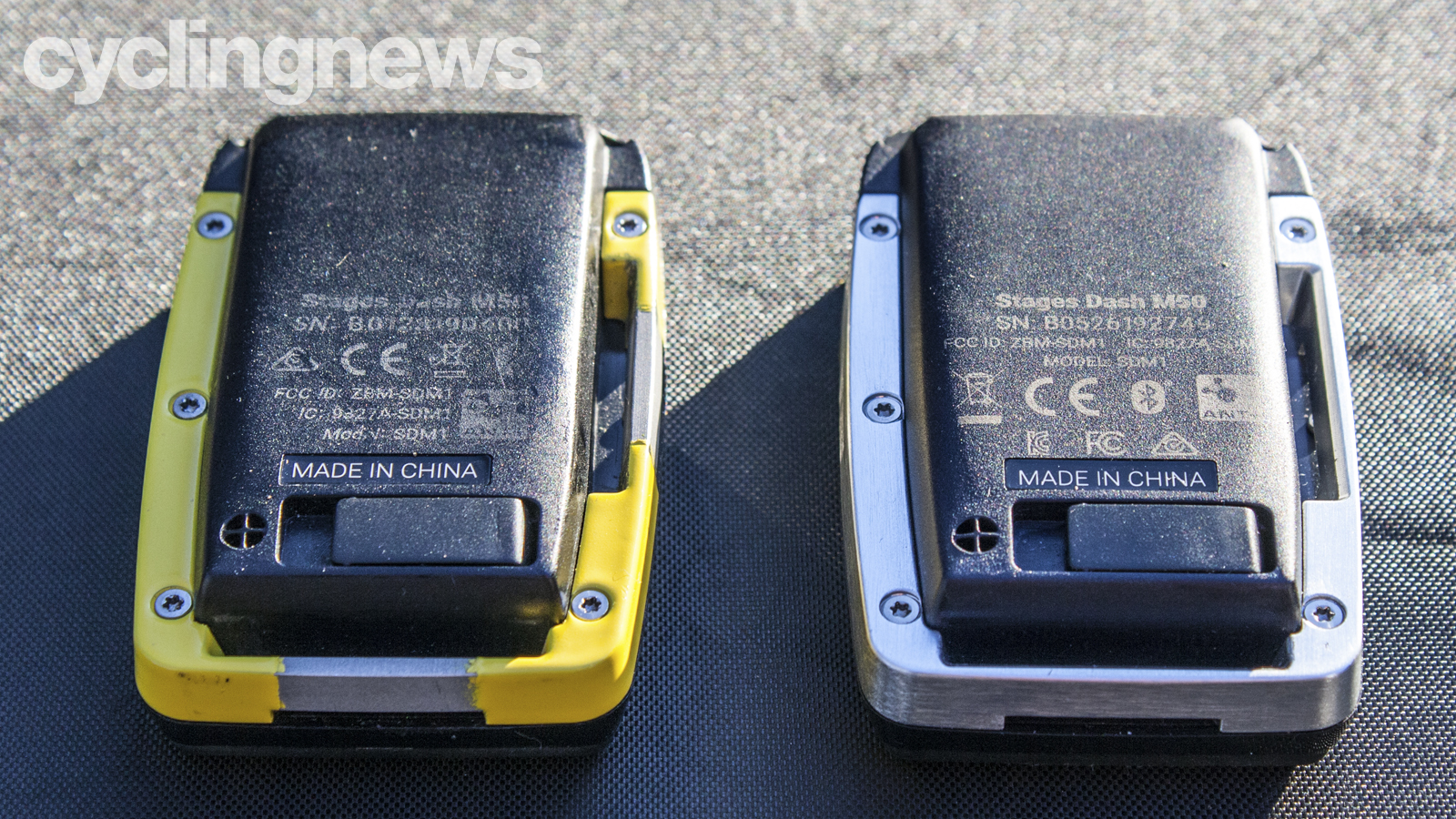
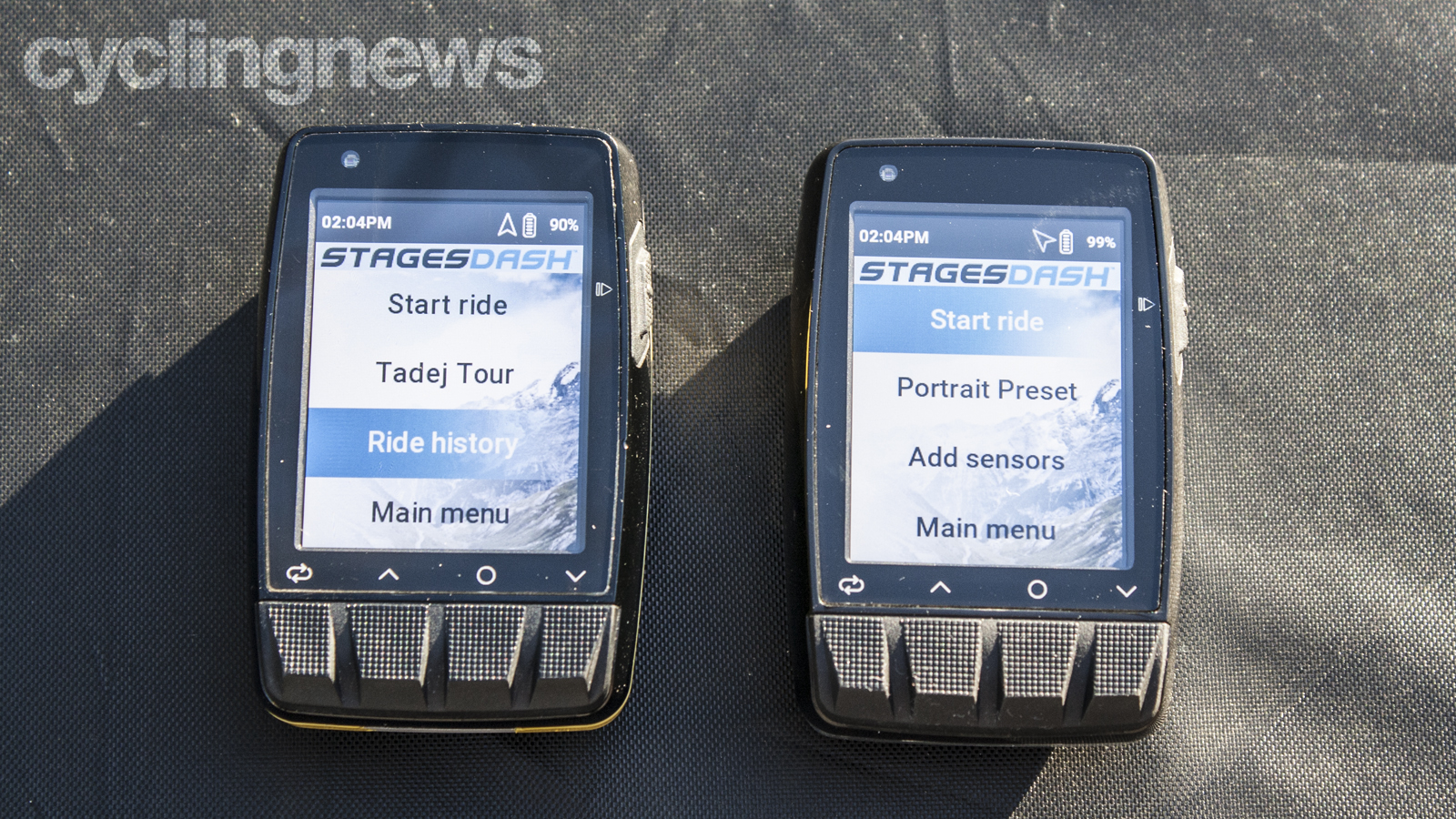
In terms of specifications, the M50 is the smaller of the two Stages Dash cycling computers with the 'M' denoting merely its size - M for medium, L for large (L50). The Stages Dash is unique in that it can be orientated landscape or portrait, depending on your preference.
It's an intuitive computer to operate. The home screen is divided into four options: Start Ride, Portrait Preset, Ride History and Main Menu. Individual 'ride profile' pages live within the Portrait Preset section and can be customised using the Stages Link website. The ride profile Pogačar used for this year's Tour De France is simply named 'Tadej Tour'.
The latest race content, interviews, features, reviews and expert buying guides, direct to your inbox!
As far as ride profiles go, each profile can house up to nine pages with each page accommodating 10 fields - that's quite a bit of information for such limited screen real estate. Pogačar however, kept things fairly simple using only five personalised pages with the number of data fields maxing at five on three of them. Interestingly, he also disabled the button beep - presumably, to avoid drawing any attention when flipping through his pages during decisive moments during the Tour.
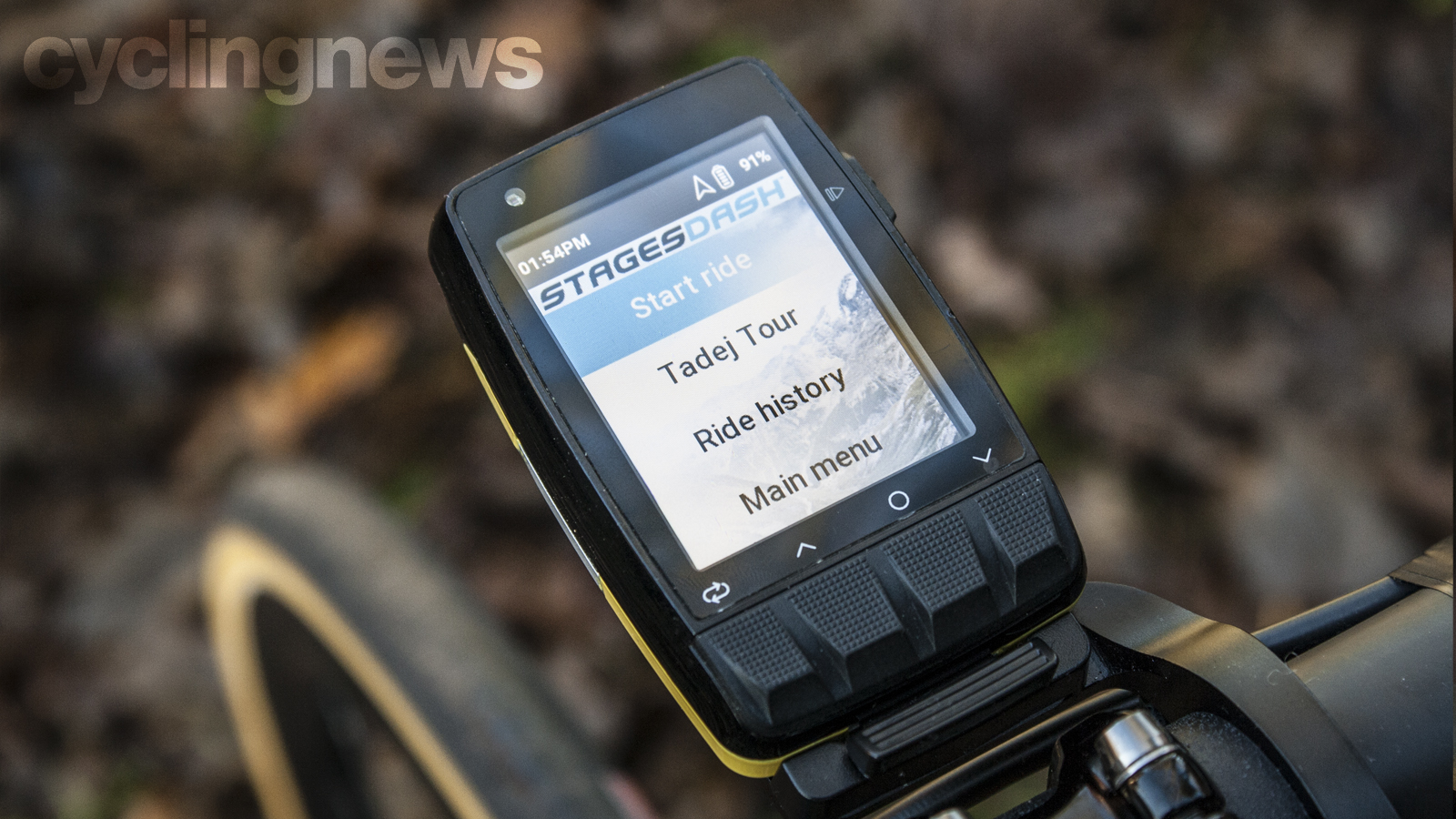
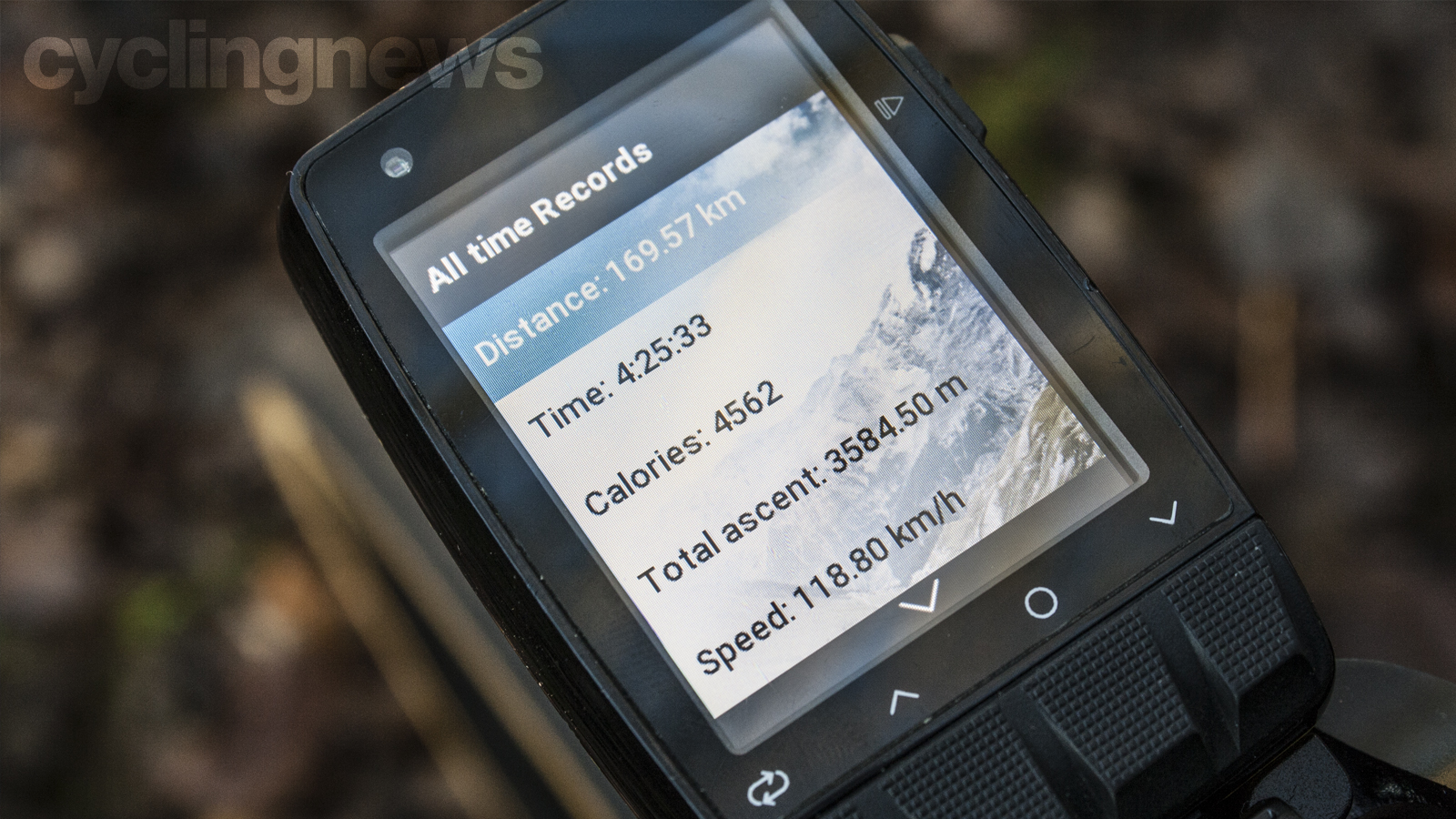
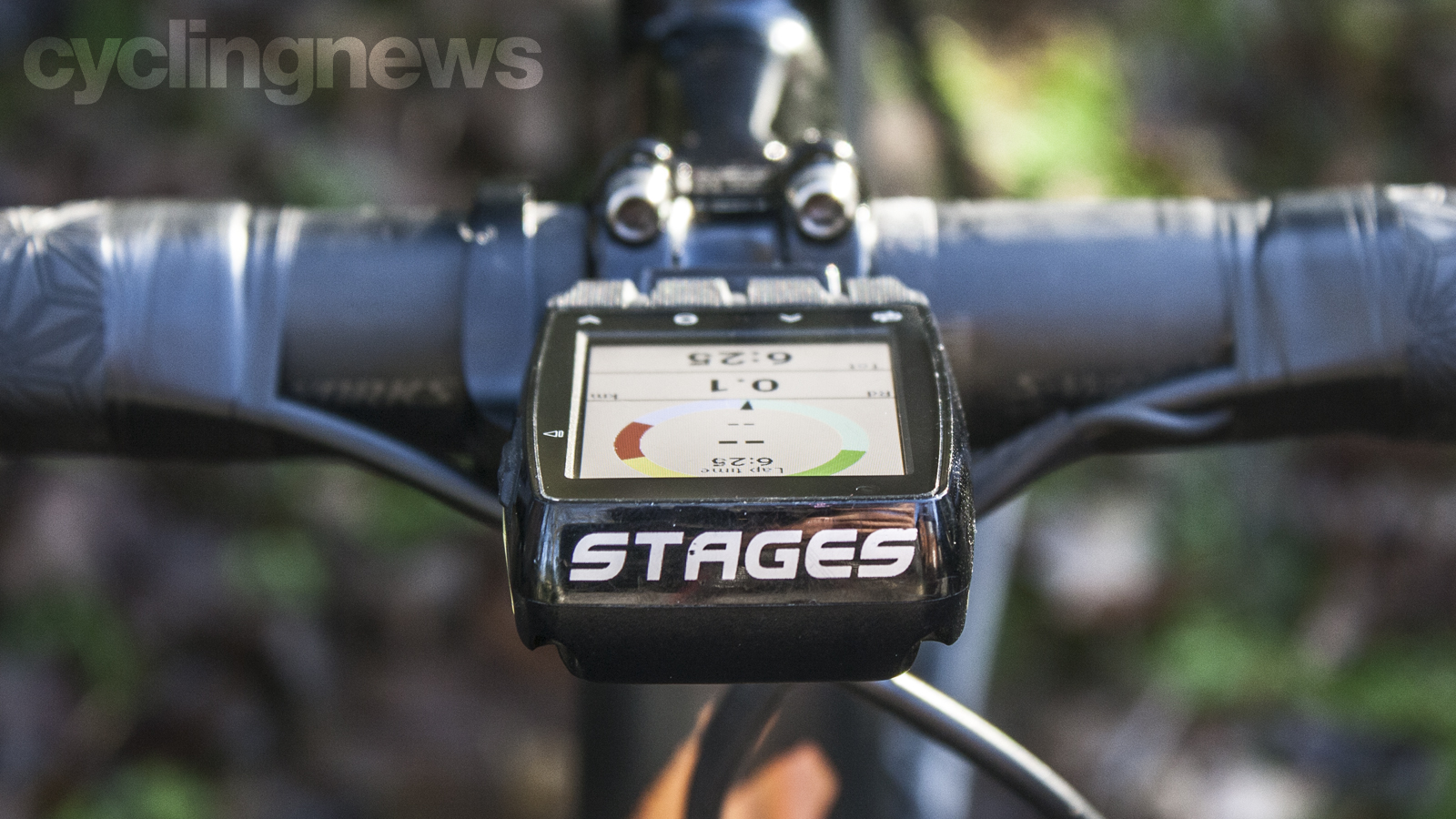
Pogačar's personal power bests and heart-rate data
While all of Pogačar's personal power data, individual stage FIT files and stats are still saved on the device, we are not at liberty to disclose any of that information for obvious reasons. What we can confirm, however, is that values stored on the Dash are in line with the analysis Cyclingnews' senior writer Josh Croxton, conducted on his record-breaking ascent of the Col de Peyresourde on stage 8 of this year's Tour de France.
There is, however, a slew of other notable data snippets worth mentioning when looking at the 90-day Records screen. These include the maximum speed of 118.80km/h which the Slovenian reached on Stage 10 as well as the total ascent record of 3,585m he logged on stage 8.
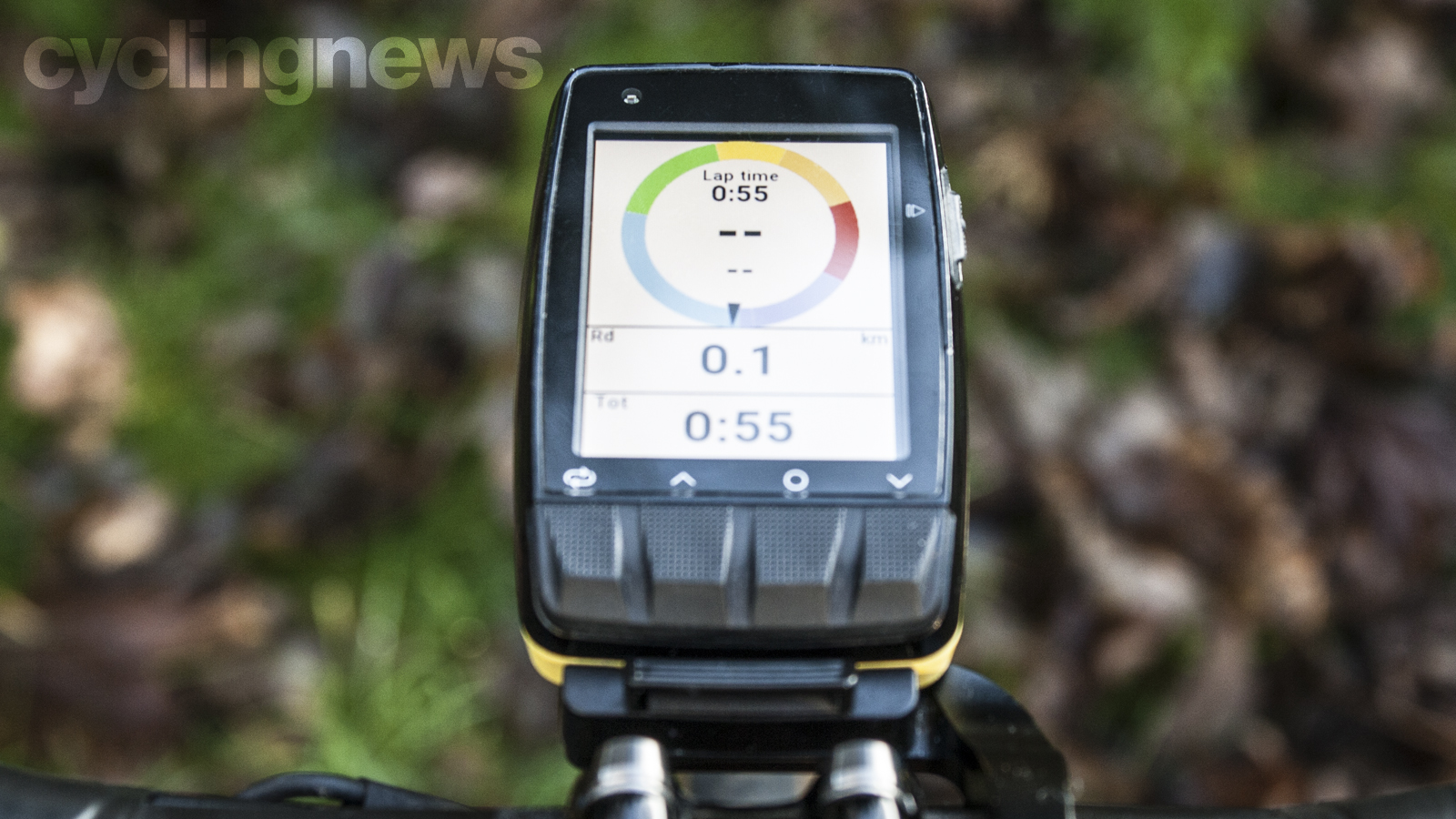
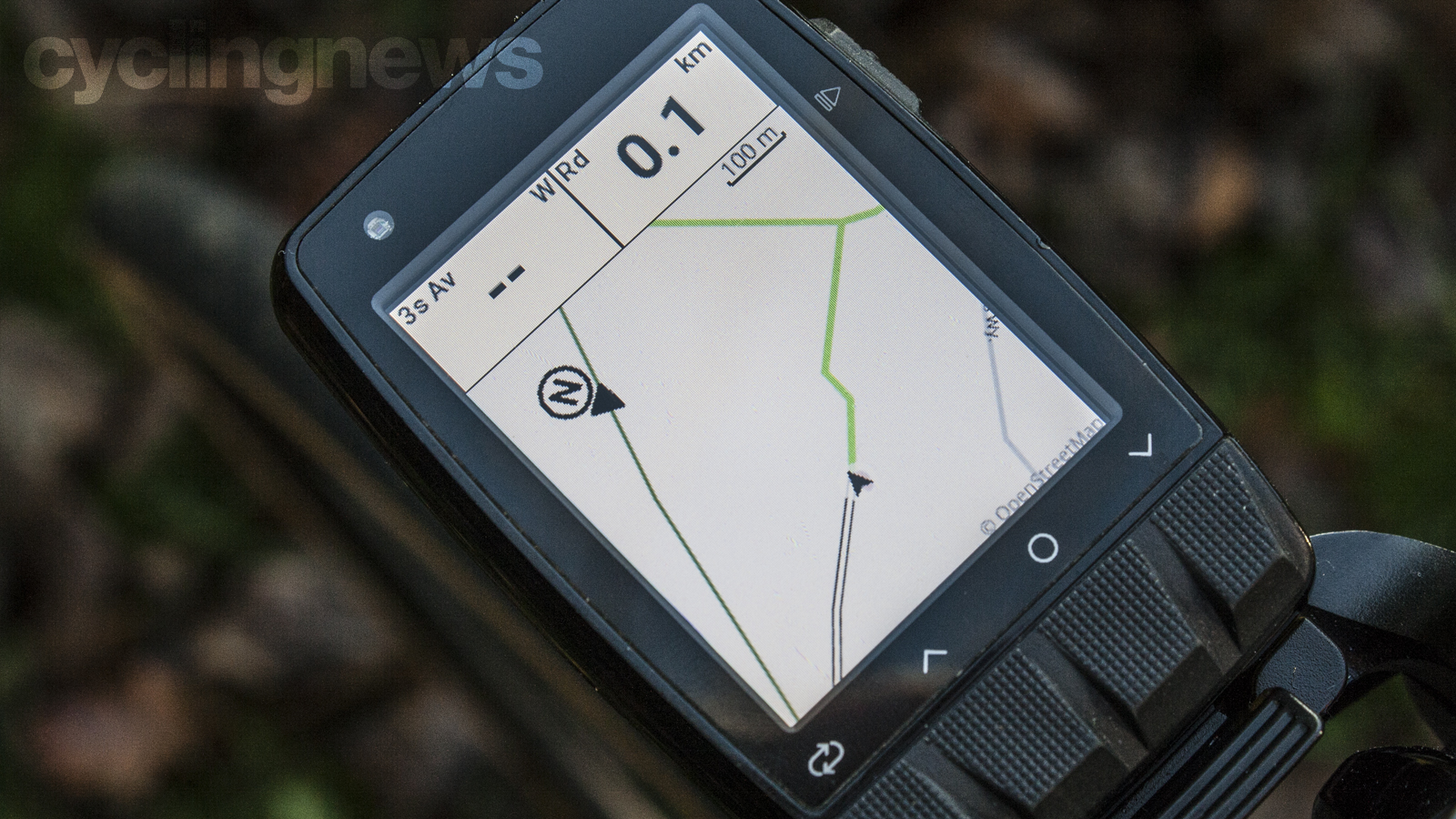
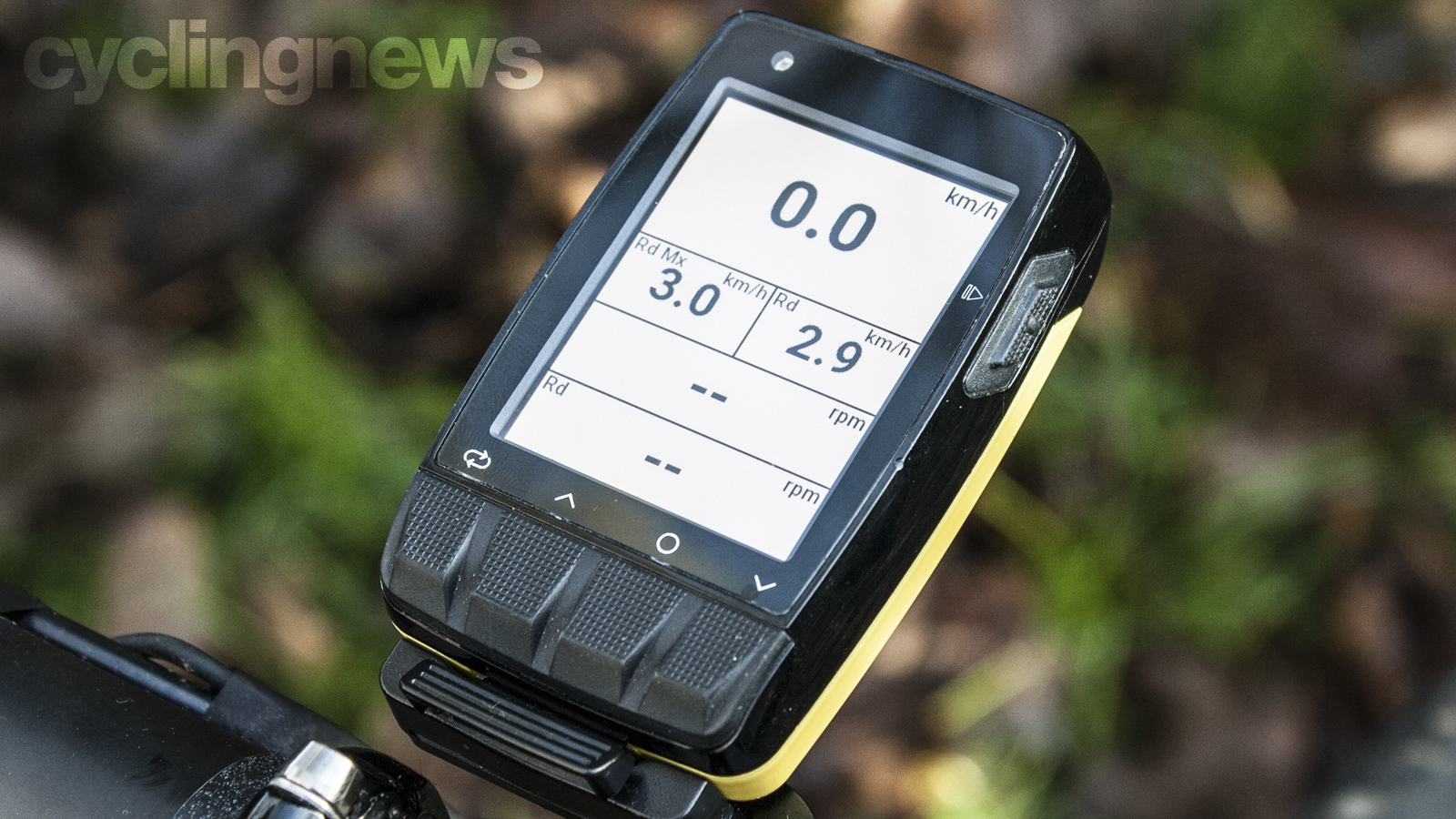
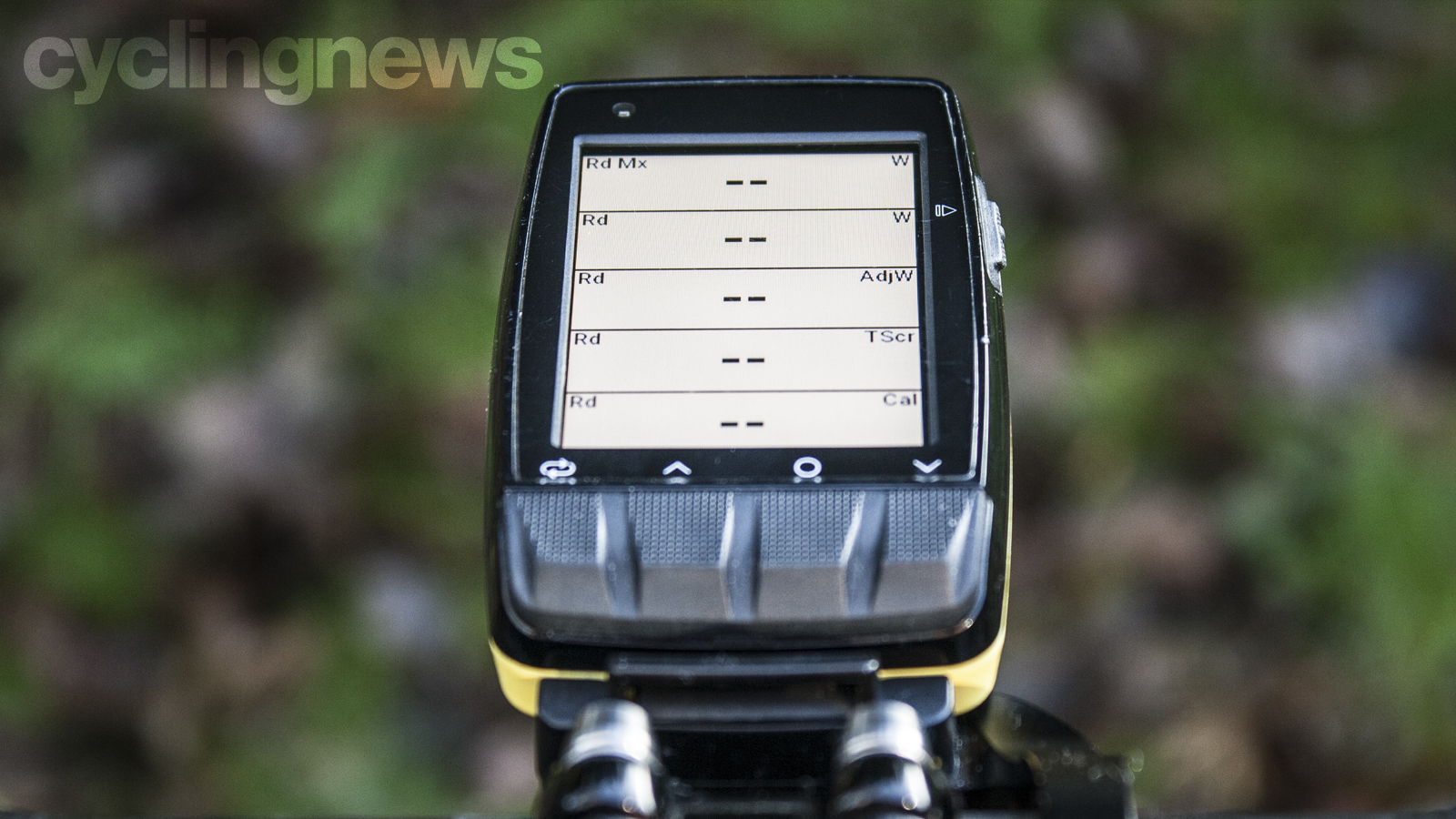
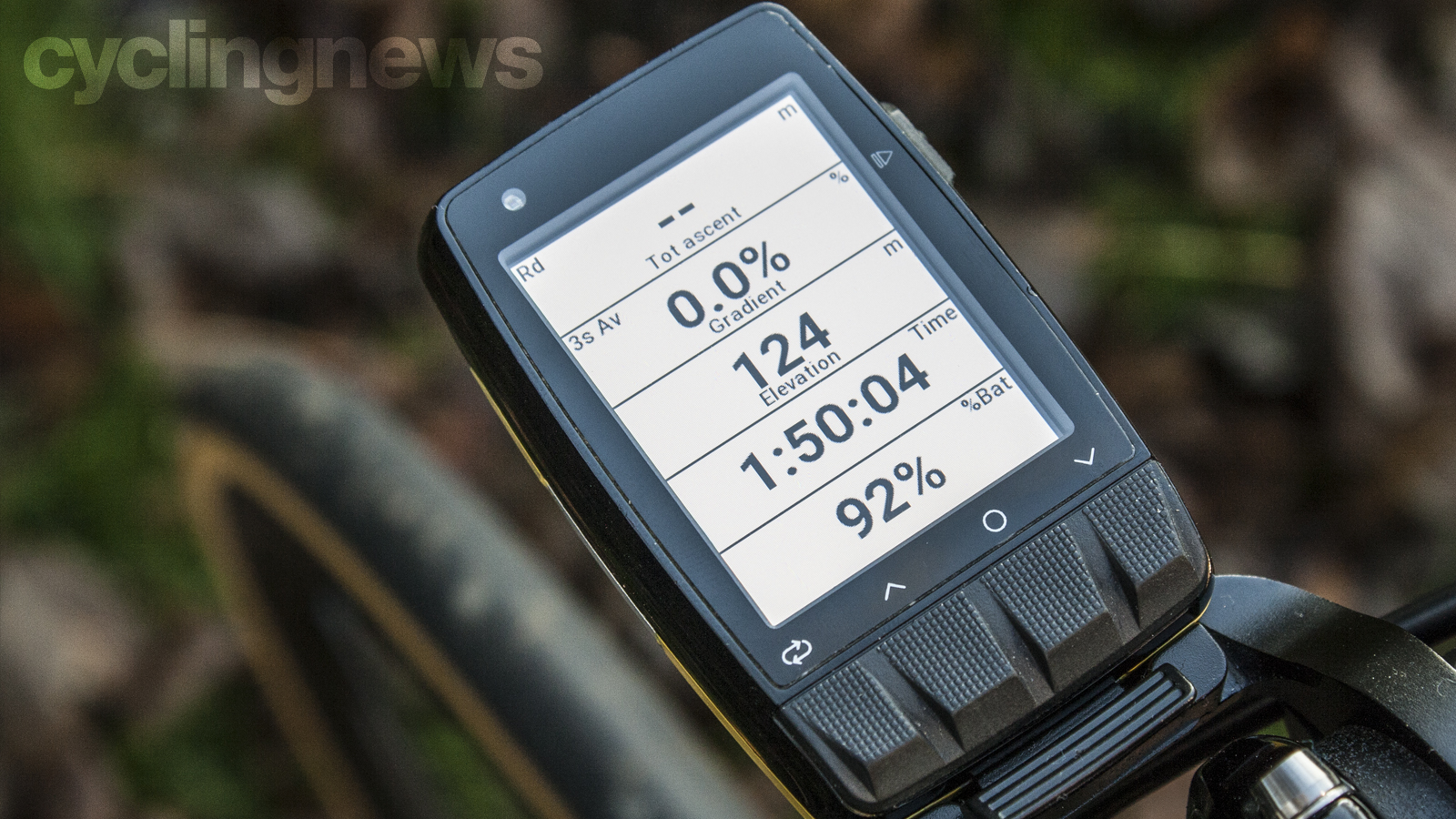
Tadej Pogačar's custom data pages
As previously mentioned, when it came to the number of personalised pages Pogačar ensured his layout was clean and uncomplicated. As such, he divided the first page into three sections with the colour-coded power zone power gauge taking centre stage. The other two fields merely denote distance and total ride time.
Page two is built around the navigation map providing Tadej with a 'real-time' view of his location in relation to the course and surroundings. Again, this prominent field is accompanied by two other metrics: 3-sec average power and distance.
The way he has structured page three's layout is arguably the closest representation of how many of us would customise our cycling computer. Here, he's ramped up the number of fields to five with the instant km/h readout taking pride of place. Maximum speed and average speed sit just below it while instant cadence and average cadence follow immediately after.
Pogačar's most important data screen - page four - focuses heavily around power, workload and calories. The page is split equally into five sections and reads as follows: max power output, average watts, adjusted watts, Training Stress Score and calories - vital metrics for gauging exertion and monitoring load at any given time.
The final page provides a bit of extra insight into what a Tour de France winner deems worthy of tracking and naturally focuses heavily around elevation. This particular page would have provided Pogačar with some valuable insight around the current stage topography, which he would have monitored closely together with the route profile sticker atop his stem. The top-line parameters on page five include total ascent, 3-sec average gradient, current elevation, time of day and battery status - the latter two of which seem at odds with the other metrics.
Strangely, heart rate is the only vital measurement missing from his list of personal preferences.
Aaron was the Tech Editor Cyclingnews between July 2019 and June 2022. He was born and raised in South Africa, where he completed his BA honours at the University of Cape Town before embarking on a career in journalism. Aaron has spent almost two decades writing about bikes, cars, and anything else with wheels. Prior to joining the Cyclingnews team, his experience spanned a stint as Gear & Digital editor of Bicycling magazine, as well as a time at TopCar as Associate Editor.
Now based in the UK's Surrey Hills, Aaron's life revolves around bikes. He's a competitive racer, Stravaholic, and Zwift enthusiast. He’s twice ridden the Cape Epic, completed the Haute Route Alps, and represented South Africa in the 2022, 2023, 2024 UCI eSports World Championships.
Height: 175cm
Weight: 61.5kg
